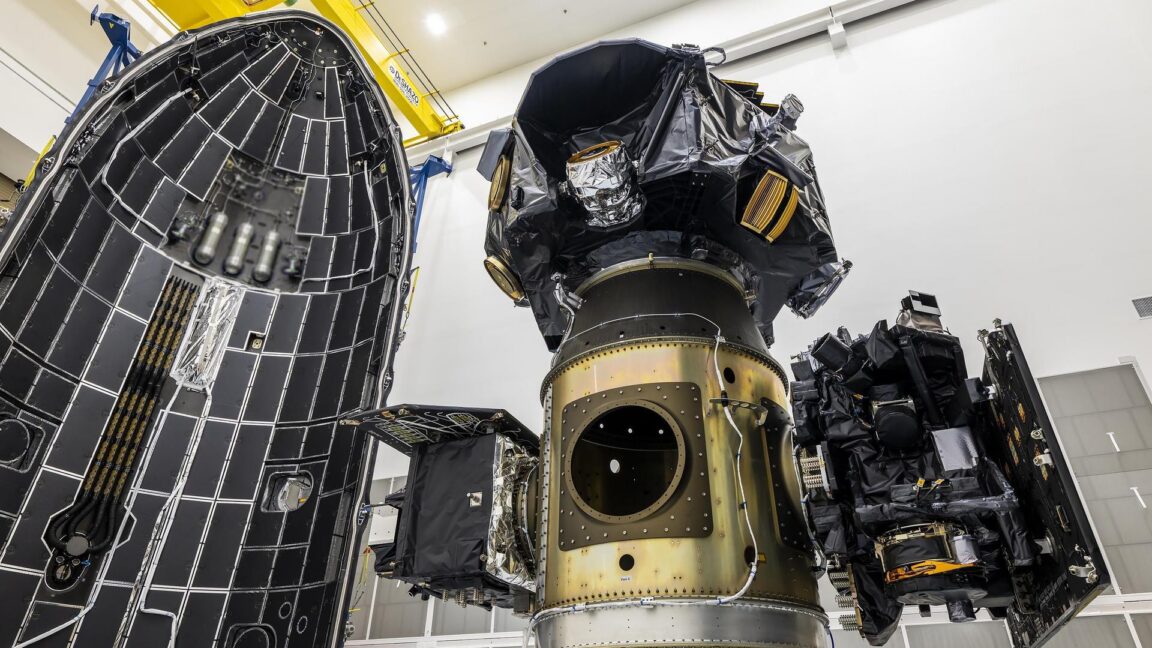SpaceX Launch Sends Multi-Mission Fleet on Nearly Million-Mile Journey to Study Solar and Cosmic Phenomena

In a remarkable feat of space exploration, a SpaceX Falcon 9 rocket successfully launched three advanced missions worth nearly $1.6 billion, targeting an orbit approximately one million miles from Earth. This complex operation aims to deepen our understanding of solar activity and the boundary regions of our solar system.
One of the flagship missions, conducted by the National Oceanic and Atmospheric Administration (NOAA), is designed to monitor the solar wind in real-time. By capturing detailed data on charged particles streaming from the Sun, NOAA aims to improve early warnings of geomagnetic storms. These storms can disrupt critical infrastructure such as power grids, radio communications, GPS systems, aviation, and satellite operations, making timely alerts vital for safeguarding modern technology.
Complementing NOAA’s efforts, two NASA missions will explore the frontier of our solar environment. One will investigate the boundary zone between the Solar System and interstellar space, providing insights into the forces shaping our cosmic neighborhood. The other will focus on observing the elusive outermost layer of Earth’s atmosphere, which holds clues about atmospheric dynamics and space weather interactions.
This multi-mission deployment exemplifies international cooperation and technological innovation in space science. The data collected will not only enhance our understanding of solar-terrestrial relationships but also contribute to the development of more resilient communication and power systems on Earth.
For more details on space weather monitoring and interstellar exploration, visit the official websites of NASA and NOAA, which offer comprehensive resources and ongoing updates about these pioneering missions.



